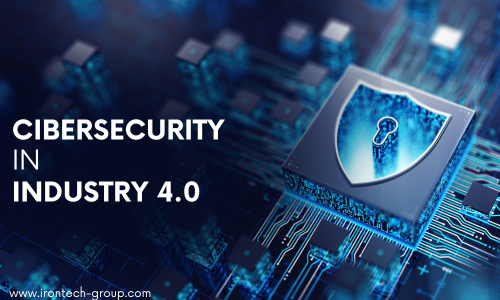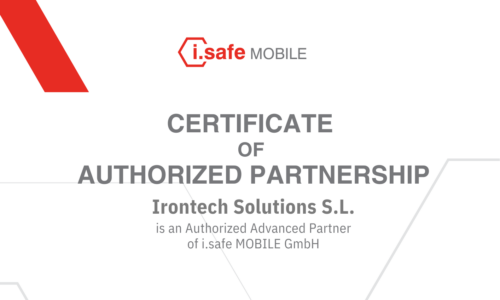
As digitization advances and the industry delves into IIoT (Industrial Internet of Things), operating systems also evolve and create new versions tailored to each application. For industrial automation, Windows IoT has become the standard choice. In this article, we will explore why and its advantages.
What is Windows IoT Enterprise?
Windows IoT is designed for robust equipment used in automation. It comes with features that make it perfect for low power consumption with compact hardware, such as our Panel PCs. Additionally, Microsoft Windows Enterprise offers numerous special advantages for connectivity with IoT devices. Therefore, as the use of industrial applications with sensors, cameras, PLCs, etc., is already common, this is the standard and top-notch industrial version. If you want to know more, we explain everything about the new Windows 11 IoT Enterprise.
Advantages of Windows 10 IoT
One of the standout features that Microsoft highlights for this version is the improvement in productivity, confidence, and intelligence. You will be able to connect all devices on the network or in the cloud more quickly, easily, and securely. Additionally, it ensures ease and efficiency for technologies that manage and interact with data, thus driving digital transformation.
What should be clear, and we can advise you on this, is that there may be cases where another version is more suitable, even for an industrial setup. Depending on the application, it may be more convenient to use Windows Embedded or Windows Pro.
Differences with Windows Pro
Windows 10 Pro is an advanced version of Windows primarily designed for businesses and professionals. It offers additional features compared to Windows Home, such as BitLocker for drive encryption, access to domain management, group policies, and more control over Windows updates. However, it is a much more standard version and not designed for industrial use; it’s the next step beyond home use.
In reality, both Windows 10 Pro and Windows 11 Pro are sufficient for networking under a domain and ensuring security. For small industries that don’t require automation, they would be enough. But the price difference between Windows Pro and Windows Enterprise isn’t significant. Therefore, if you believe that you may use more advanced applications in the future, it’s better to consider Windows IoT since migrating later can be more costly than obtaining Microsoft’s most advanced operating system directly.
Windows Embedded, the Successor to Windows CE
What is Windows Embedded and What is its Purpose
Windows Embedded is a family of operating systems specifically designed for embedded devices and custom applications. This operating system is also used in Panel PCs when they need to run their own application, allowing for a high level of control over the device and customization of the interface, unlike IoT, which focuses more on connectivity with many elements. The main applications of Windows Embedded CE include ATMs, information kiosks, vehicle navigation systems, and more. Windows Embedded focuses on stability, security, and flexibility, allowing manufacturers to adapt the system to their requirements.
The choice between these versions of Windows depends on the needs and purposes of the devices. Windows Embedded and Windows IoT are designed for specific applications in the industry and connected devices, while Windows Pro is the choice for commercial and professional PCs that require advanced management and security features. Each of these versions plays an essential role in the world of technology, supporting a wide range of applications and devices in the modern industry.
Differences between Windows IoT, Windows Embedded, and Windows Pro
We provide you with a comparative table of the different Microsoft Windows Operating Systems to summarize everything we’ve explained:


